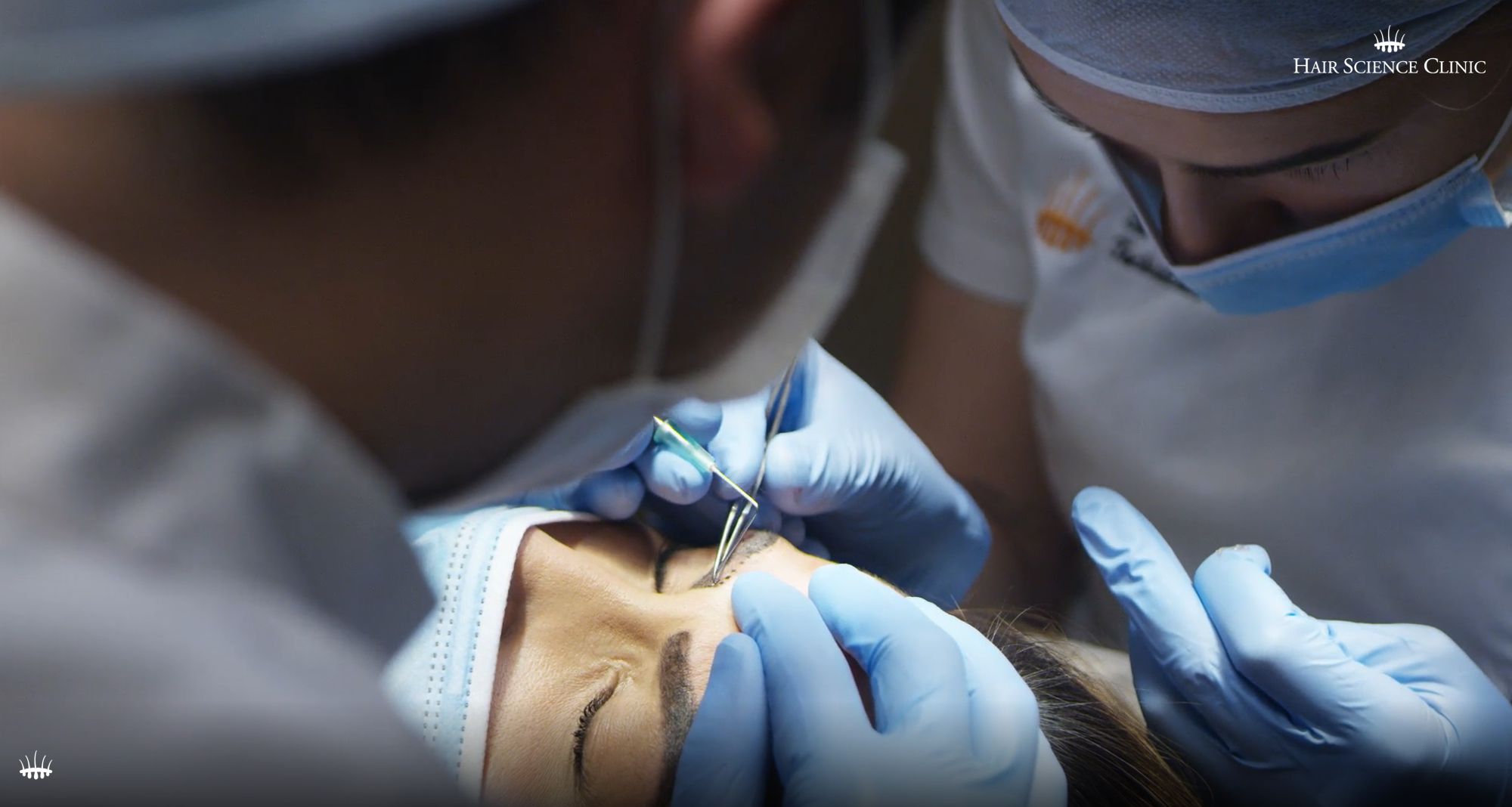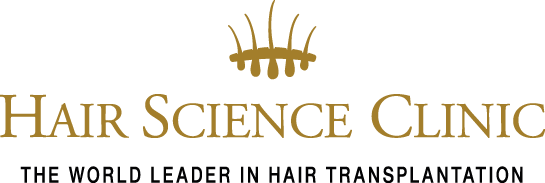Female hair loss
Baldness is often considered a male issue, but it also affects women. Forty percent of women experience hereditary baldness, with fifteen percent encountering it before menopause, sometimes at a young age.
Additionally, many women experience (temporary) hair loss due to stress, iron deficiency, or postpartum changes. Another two percent of women have alopecia areata, which causes patchy baldness.

causes of hair loss in women

Ludwig classification for hair loss in women
To treat thinning hair effectively, it’s crucial to identify the underlying cause. Excessive hair loss typically has a discernible reason, such as age, nutrition, stress, illness, medication, or chemotherapy. A thorough diagnosis by a professional is the essential first step in determining the appropriate treatment.
Most common causes
- Hereditary baldness
- Hair disorders
- Hormonal changes
- Stress
- Medication

Is it Hereditary hair loss?
Hereditary baldness (androgenetic alopecia) is the most common cause of baldness in both women and men. It is not a disease but a natural process influenced by genetic factors and hormones. In women, this type of baldness typically begins around menopause when oestrogen levels decline, disrupting the hair growth cycle and leading to thinning hair. Despite its name, androgenetic alopecia, or ‘male pattern baldness,’ also affects women.
Signs of hereditary baldness
In women, hereditary baldness is characterised by diffuse thinning across the entire scalp. The hair gradually becomes finer, starting from the crown and spreading outward, which can eventually lead to noticeable thinning or bald spots.
Other causes of hair loss
If hereditary baldness is not the cause, other factors might be at play. In women, hormone fluctuations – such as those during pregnancy and menopause – can lead to hair loss. Certain medications, including anaesthetics, antibiotics, anti-epileptics, and malaria tablets, can also cause hair loss, with chemotherapy being particularly notorious. Stress can reduce hair growth or even halt it altogether, and hair disorders like alopecia areata may also be involved.
Concerned about your hair loss?
Women are often alarmed when they notice increased hair loss. However, this is often temporary and, if structural, can typically be addressed. The first step to resolving your hair loss is a thorough examination and accurate diagnosis by a medical specialist.

Facts & figures
Impact of baldness
No part of the body affects a woman’s self-esteem as much as her hair. Consequently, hair loss can significantly impact self-confidence. While baldness in men is increasingly accepted, it remains less so for women. For instance, a bald man might still be seen as a competent newsreader, whereas a bald woman faces greater stigma.
Serious consequences
For women, hair loss can be particularly distressing, leading to major psychological effects such as insecurity about appearance, challenges in social interactions, and even depression.

Hair loss - what is normal?
Hair growth occurs in three phases: the growth phase, the transition phase, and the resting phase. Typically, at least 85% of our hair is in the growth phase, while the remaining 15% is lost during the transition and resting phases.
Daily hair loss
Up to age thirty, losing up to fifty hairs per day is normal. This can increase to up to eighty hairs per day until age fifty, and up to one hundred hairs per day after fifty. Normal daily hair loss is usually not noticeable as it occurs evenly across the scalp rather than in one specific area.
Hair loss by age group
| <30 years: | 50 hairs per day hair loss |
| <50 years: | 80 hairs per day hair loss |
| >50 years: | 100 hairs per day hair loss |

Eyebrows
Until recently, natural eyebrow reconstruction was not possible. However, Hair Stem-cell Transplantation now provides a definitive solution with beautiful, natural results. For successful eyebrow reconstruction, it is crucial to implant hairs in the correct shape and direction. Our doctors specialise in achieving these precise and natural outcomes.
Good to know
Women often notice thinning hair without visible bald patches, which is sometimes regarded – even by GPs – as a cosmetic issue. However, research shows that baldness can lead to significant psychological problems and greatly impact quality of life.
For many types of baldness, Hair Stem-Cell Transplantation (HST) provides a solution with natural, aesthetically pleasing results. Beyond its proven cosmetic benefits, improving quality of life is a key consideration for those undergoing HST.


Hair transplant for women
A proper diagnosis is crucial for identifying the cause of your hair loss and selecting the right treatment. During a no-obligation consultation with one of our doctors, we will thoroughly discuss your personal situation and preferences. You will review your options and expectations with the doctor, who will then provide you with a customised treatment plan.

